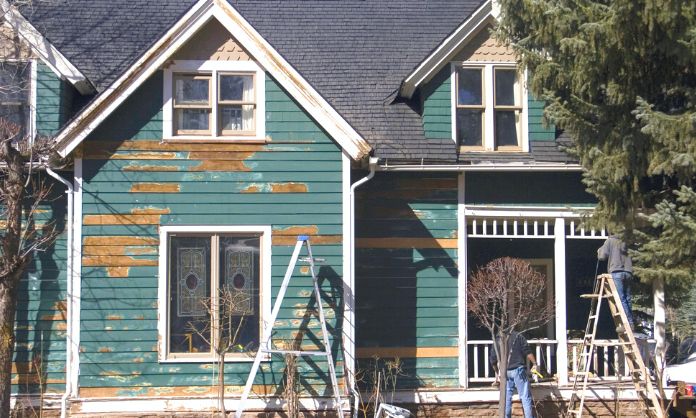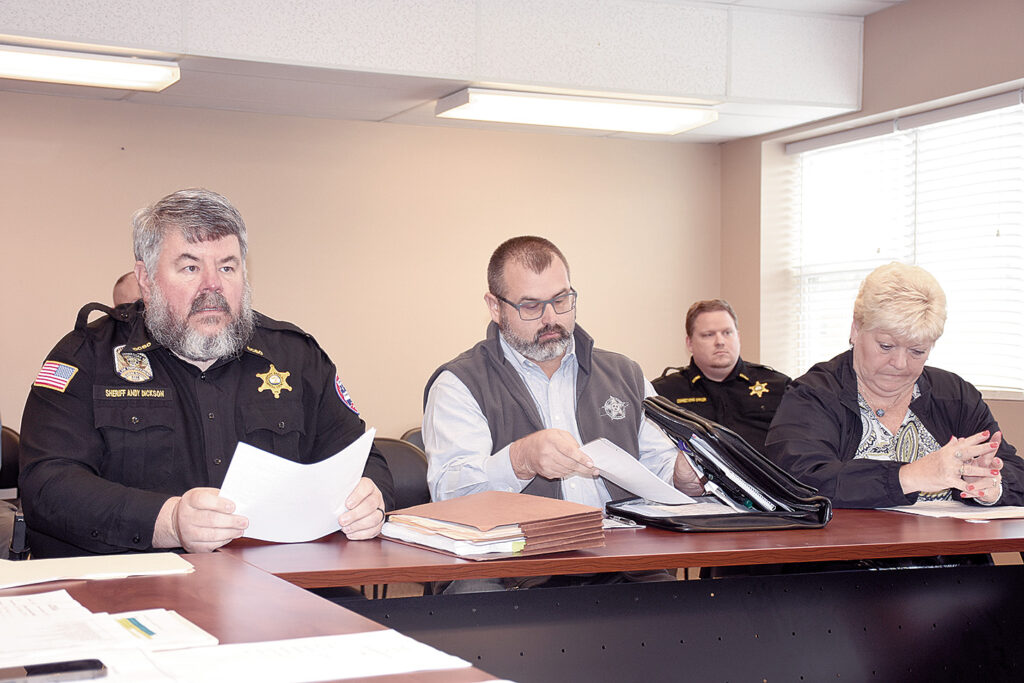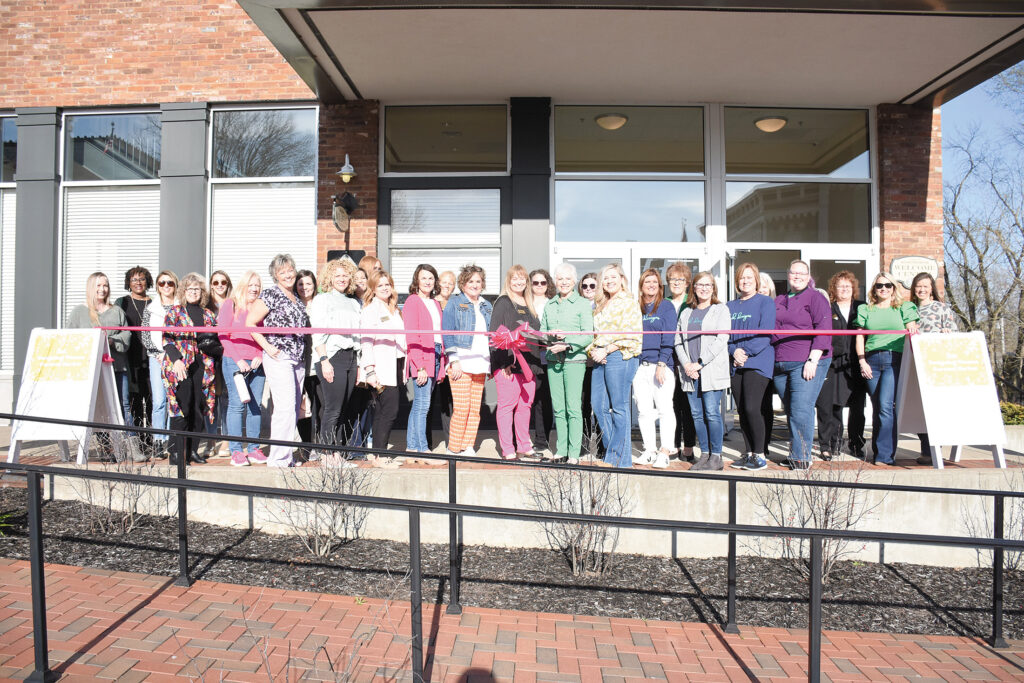
Some previously popular materials used in older residential construction can put your household’s health at risk. Replace these materials with safer, modern alternatives. Read on to discover three dangerous features found in older homes.
1. Lead Plumbing
In the past, lead seemed like a perfect metal for pipes and fittings because it is malleable, durable, and corrosion-resistant. But lead is a toxic metal, and there is no known safe amount for people to consume. Lead plumbing components were created for use in the US until 1986, when Congress passed an amendment to the Safe Drinking Water Act (SDWA).
Lead water mains can be harmful to your health since they can leach lead into the water supply. Drinking contaminated water may lead to a range of conditions, including but not limited to brain damage, kidney impairment, and reproductive problems.
You can send a sample of your drinking water to a certified laboratory for analysis—the EPA has a list of certified labs. If the lab results prove the presence of lead, have a plumber inspect your system to determine what you need to have replaced.
2. Asbestos
Asbestos is another dangerous feature found in older homes, especially those built before 1980. Asbestos is extremely durable and heat-resistant, which made it a popular material applied to ceilings, floors, walls, and windows, and used as insulation.
Unfortunately, asbestos can break down into microscopic fibers that irritate and scar lung tissue. Scarred tissue doesn’t have the flexibility of unscarred tissue, so over time, these fibers can stiffen the lungs and prevent normal contraction and expansion.
You can test for the presence of asbestos with an asbestos test kit or by hiring a professional to do the job. If you decide to do it yourself, closely follow the instructions included with the test kit. Wear the proper personal protective equipment and avoid disturbing the asbestos fibers.
3. Non-Grounded Outlets
Before 1962, home builders equipped homes with two-prong outlets, also called non-grounded outlets. These outlets have a neutral wire and a hot wire running through them but lack the grounding wire now found in three-prong outlets.
The grounding wire diverts excess power away from plugged-in electronics. If you have non-grounded outlets in your home, a power surge can expose you to electric shock and damage your equipment.
Replace non-grounded outlets with three-prong outlets to keep your household safe and protect your possessions from damage. If your outlet box is not grounded, an electrician can rewire the panel to include the ground wire.







